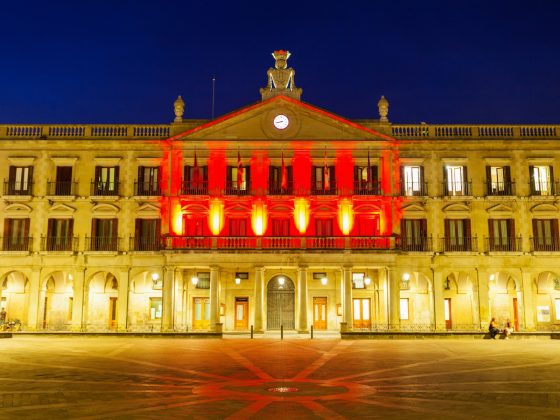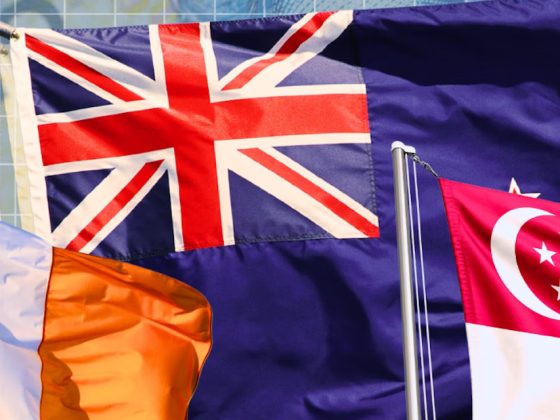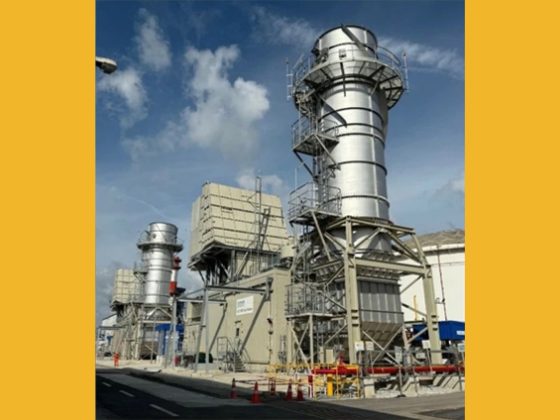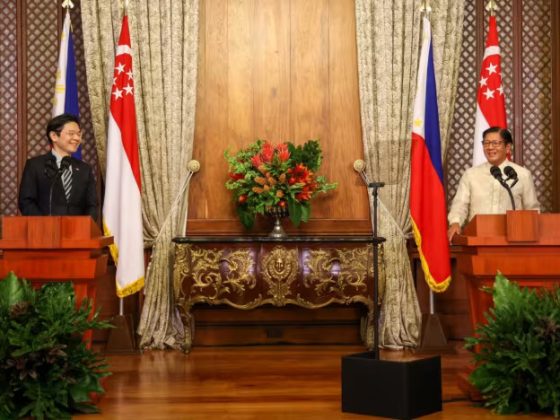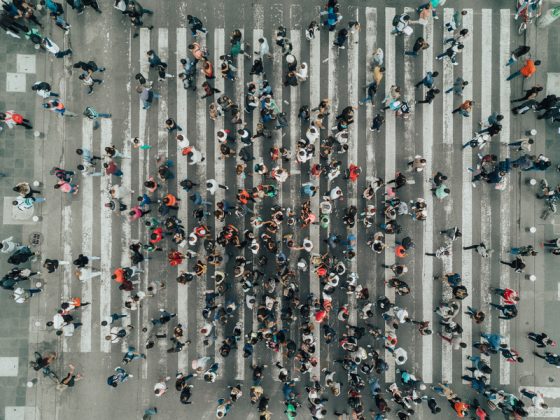NUS researchers noted a strong positive correlation between the household peak consumption of electricity, specifically in the evenings, and newly reported COVID-19 cases in Singapore
Successful mitigation of the COVID-19 pandemic requires effecting massive behavioural change in individuals across the world. For policymakers to evaluate the success of public health interventions, the ability to accurately and quickly assess a population’s response is imperative.
A new study by two researchers from the National University of Singapore (NUS) posits the use of residential electricity consumption data as an accurate measure of community response during unprecedented and disruptive events, such as a pandemic. In this context, by tracking how the households’ electricity demands changed during a given time period, the researchers could analyse links between community behaviour and information about the pandemic’s progression as it became publicly available.
The study concluded a strong positive correlation between the household peak consumption, specifically in the evenings, and newly reported COVID-19 cases in Singapore. This suggests that the local community reacted proactively during the early stages of the pandemic by opting to stay in, where possible. Voluntary steps were taken to protect themselves, even before a government-mandated lockdown.
“Our team routinely analyses data on domestic electricity usage, collected using smart energy meters. We wanted to apply this area of expertise to study pandemic response, as we believe this can support policymakers in assessing the people’s willingness towards embracing risk-reduction behaviours, to design effective public health updates,” said Assistant Professor Jimmy Peng from the NUS Department of Electrical and Computer Engineering, who oversaw the research.
The study was first published online in the journal Proceedings of the National Academy of Sciences on 24 August 2021.
Electricity usage as an accurate indicator of population behaviour
Among the most commonly used indicators to study social behavioural changes during the COVID-19 pandemic are population surveys, and anonymised data from mobile phones, including geolocation data and contact-tracing data collected through dedicated applications.
Electricity consumption, on the other hand, is objectively measured through smart energy meters, available to policymakers in real time, and not self-reported by users, thus accounting for greater accuracy. The data is also more democratic, given that every household, regardless of demographic, has electricity meters.
Electricity consumption data can be objectively measured across a large population, and is considerably more democratic, given that every household, regardless of demographic, has electricity meters
With this in mind, the NUS team collected the electricity consumption data of 10,246 households in the city-state from January to May 2020, across a spectrum of income brackets and residential homes, from single-room flats to bungalows.
Cognisant that Singapore residential electricity consumption in a typical non-pandemic environment would be predominantly influenced by the weather and rising temperatures, the researchers’ analysis did not focus on the magnitude of increase. Instead, they looked at how much of the increase could be explained by, or attributed to news of the COVID-19 progression as opposed to common weather factors.
To do this, the team constructed a Vector Error Correction Model (VECM) to capture and account for the COVID-19 data and weather parameters as possible factors that might influence household electricity consumption. Specifically, they looked at the peak value of the aggregated residential consumption from 8pm to 11pm. This allowed the team to determine how much change in each of the influencing factors resulted in a change in the latter. In other words, the study could pinpoint the various factors’ relative influence on electricity consumption.
The VECM was trained for the period beginning 23 January 2020 until 7 April 2020, just before the Singapore government implemented the Circuit Breaker (or lockdown period). In a nutshell:
- Before lockdown: Weather and new COVID-19 cases explained 3.2 per cent and 93 per cent, respectively, of changes in the peak electricity consumption
- During lockdown: Weather and new COVID-19 cases explained 29.6 per cent and 3.3 per cent, respectively, of changes in the peak electricity consumption
The results confirmed that while both COVID-19 progression and the weather influenced the electricity consumption, the most significant factor was the new daily COVID-19 cases – contributing over 93 per cent of the variance – while the weather played a relatively minor influencing role.
Significance of the findings and applications for policymakers
The findings of this study demonstrated that although the government did not implement mobility restrictions prior to the Circuit Breaker, people in Singapore proactively responded to the increasing number of new COVID-19 cases reported. In particular, the increased electricity consumption suggested that people either stayed in to a greater extent, or performed more activities at home rather than outside during the evenings.
“Specific to the local context, our study suggests that authorities were indeed effective in persuading the community about the severity of the disease, and the need to effect immediate behavioural and lifestyle changes to tackle it,” explained Dr Gururaghav Raman, a Research Fellow from NUS Electrical and Computer Engineering, and the co-author of the paper.
The NUS team’s hope is that residential electricity consumption data will provide governments in Singapore and beyond with a useful tool and indicator that can capture populations’ behaviours accurately and dynamically, especially during times of crises. In doing so, national mandates can be more tailored, with targeted interventions for communities that most require them.
“For example, if we could identify specific demographics that aren’t able to reduce mobility, these communities could then be specifically supported by the vaccination programme or given priority,” shared Asst Prof Peng. “We are grateful to the Energy Market Authority Singapore and SP Group for providing us with this data, and the National Research Foundation Singapore for funding this research through the Future Resilient Systems Programme. As shown in this study, these numbers are available to us in real-time and is representative of all demographics. This can be very helpful for policymakers in adapting public health measures in an uncertain and unfamiliar terrain.”



